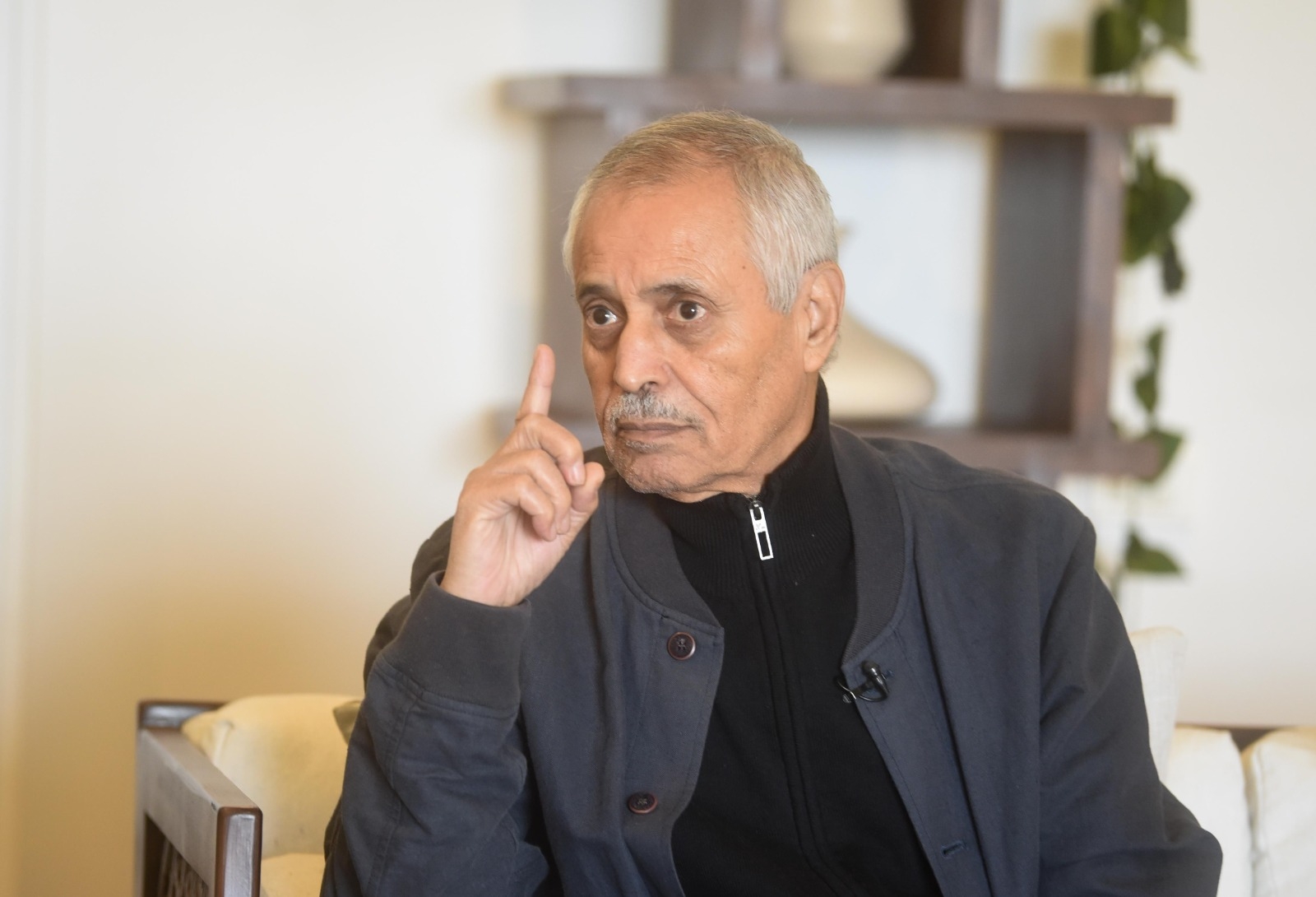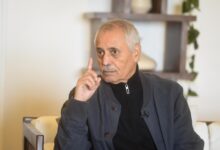25 Years: Confrontation in Defense of a National Entity and a Nakba-like Act Against It
Al-Khamisa News Network - Gaza

By Hassan Asfour
Before the late Yasser Arafat left the U.S. base at Andrews after the end of the Camp David summit in July 2000, the prime minister of the enemy’s genocidal state, Ehud Barak, declared that there was no longer a “Palestinian partner in the peace process.”
Some may see that remark as the kind of “routine” statement made after every failed round of talks — an attempt to shift blame — and generally such responses are common in negotiations and continue to be so. But Barak’s comment was never that. It was a decisive political message: the relationship with the late Yasser Arafat had ended and the post-Arafat phase had begun at Camp David, especially since the remark was made while he was still there, not back in Tel Aviv, carrying with it a compounded threat backed by silent U.S. support.
It is worth recalling that Barak’s public threat followed Arafat’s refusal to accept any “Jewish” sovereignty over the Western Wall plaza and its wall, seeing that as a prelude to a circumventionary step to “Judaize” the Islamic holy site and potentially jeopardize the future of the Al-Aqsa Mosque — including the possible construction of the “Temple” in its place or in its vicinity — in order to redraw the contours of the Palestinian capital. He rejected that outright, refusing to negotiate any political compromise on what he regarded as a matter of creed.
Barak’s statement as prime minister of the enemy’s exterminatory state came after he sent a delegation bearing a threat touching Arafat’s personal safety, with the blunt text “whoever denies our history and culture has no place among us.” The wording left no room for interpretation: assassination was the next step to rid themselves of Yasser Arafat — which they were able to carry out four years later, on November 11, 2004.
On September 28, 2000, as it was 25 years ago today, the settler-colonial government of the enemy led by Barak began implementing a plan to eliminate the national entity and its leader Yasser Arafat by sending the militant Ariel Sharon to storm Al-Aqsa Mosque in a move that, according to former Shin Bet chief Ami Ayalon in a press conference, had been coordinated in advance. Ayalon revealed that Barak and Sharon had been prepared since February 2000 for a plan of military action against the Palestinian Authority.
Some may find it inconsistent that Barak — from the Labor Party that signed the Declaration of Principles (Oslo) — acted in a way that seems at odds with the essence of that agreement. The reality, however, is that Barak opposed the agreement when he served as chief of staff of the occupation army in 1993, seeing it as a “political-security threat to Israel.” So upon coming to power he moved to implement his political vision, using Sharon as an instrument — Sharon being an open enemy of the Authority and of Yasser Arafat.
The evening of September 28, 2000, marked the start of the longest military confrontation in the history of the conflict with the enemy: a defense of the first Palestinian national entity against a plan to destroy that entity. It was never simply about acceptance or rejection of this or that proposal. Objectively, the late Yasser Arafat sought to respond positively to many proposals without allowing the core of national sovereignty over the sacred area to be undermined.
Over the years, the U.S.-Jewish-Israeli alliance, and some Arab and Palestinian figures, tried to politically blame the late Yasser Arafat for rejecting what became known as the “Clinton Parameters,” wilfully or otherwise ignoring that those parameters omitted the essential issue of sovereignty over the holy precinct and left no room for negotiation, presenting it as an either-or choice. Rejecting any infringement on that sovereignty was an uncompromising stance, and subsequent events confirmed that through comprehensive Judaization campaigns in Jerusalem and Al-Aqsa Mosque.
The late Yasser Arafat’s refusal was not “absurd.” It was a historic response to a known Judaization plan. If, as the “black alliance” tried to argue, the situation were different, what stopped them from implementing their plan after the assassination of the late Yasser Arafat and Mahmoud Abbas’s assumption of the presidency in January 2005, whom they regarded as the right man in the right place?
What followed, however, was an expanded continuation of the destruction of the national entity and its Judaization. This process began with the planting of Hamas within the national body in January 2006, culminating in a strange and dubious political move in June 2007 — a coup that split Gaza from the West Bank — a decisive nail in the coffin for completing the destruction of the first national entity, which reached a new peak after the October 7, 2023 operation in one of the widest campaigns of destruction and Judaization.
The September 2000 confrontation was the forcedchoice to raise the Palestinian fist against comprehensive aggression in defense of the national entity; there was no alternative. Any claim otherwise merely serves the occupier’s narrative, and later events proved them entirely false.
The ironies of political time: the longest confrontation with the enemy was a defense of the first national entity, while the October operation acted as a complementary move serving broader aggression to destroy that first entity.
Note: "Gamal Abdel Nasser has died" — four words that made news that shook the world from edge to edge, from its peak to its depths. Gamal, the 52-year-old young man, planted the pulse of “national and pan-Arab dignity,” a seed many tried to trample with both local and imported feet. A nation’s dignity, a cause, and a human being remain alive and call upon their eternal Nasser.
Gamal was not merely a president or not — he was a symbol for those seeking a homeland and a country without adulteration. Nasser remains victorious over all his foes — Nasser lives and they are the dead.
Peace to your immortal soul.






